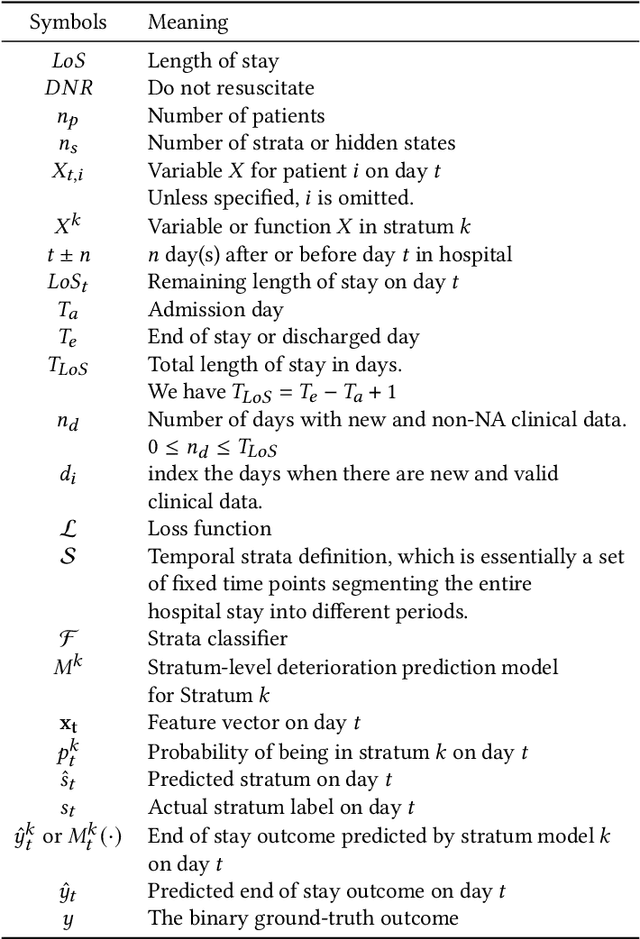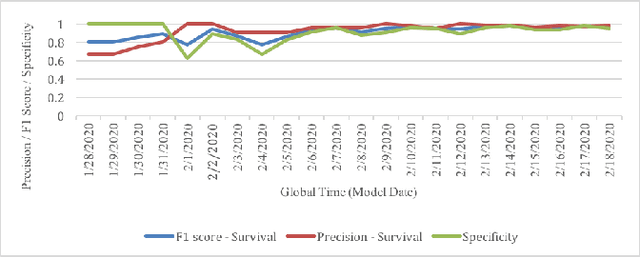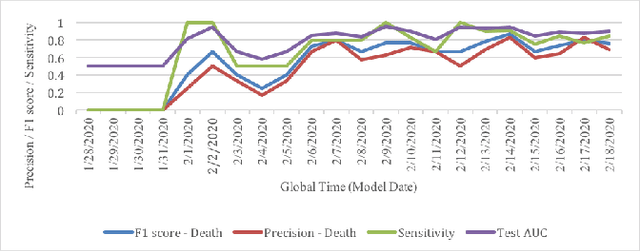Meghna Singh
PARIS: Personalized Activity Recommendation for Improving Sleep Quality
Oct 26, 2021



Abstract:The quality of sleep has a deep impact on people's physical and mental health. People with insufficient sleep are more likely to report physical and mental distress, activity limitation, anxiety, and pain. Moreover, in the past few years, there has been an explosion of applications and devices for activity monitoring and health tracking. Signals collected from these wearable devices can be used to study and improve sleep quality. In this paper, we utilize the relationship between physical activity and sleep quality to find ways of assisting people improve their sleep using machine learning techniques. People usually have several behavior modes that their bio-functions can be divided into. Performing time series clustering on activity data, we find cluster centers that would correlate to the most evident behavior modes for a specific subject. Activity recipes are then generated for good sleep quality for each behavior mode within each cluster. These activity recipes are supplied to an activity recommendation engine for suggesting a mix of relaxed to intense activities to subjects during their daily routines. The recommendations are further personalized based on the subjects' lifestyle constraints, i.e. their age, gender, body mass index (BMI), resting heart rate, etc, with the objective of the recommendation being the improvement of that night's quality of sleep. This would in turn serve a longer-term health objective, like lowering heart rate, improving the overall quality of sleep, etc.
Continual Deterioration Prediction for Hospitalized COVID-19 Patients
Jan 19, 2021



Abstract:Leading up to August 2020, COVID-19 has spread to almost every country in the world, causing millions of infected and hundreds of thousands of deaths. In this paper, we first verify the assumption that clinical variables could have time-varying effects on COVID-19 outcomes. Then, we develop a temporal stratification approach to make daily predictions on patients' outcome at the end of hospital stay. Training data is segmented by the remaining length of stay, which is a proxy for the patient's overall condition. Based on this, a sequence of predictive models are built, one for each time segment. Thanks to the publicly shared data, we were able to build and evaluate prototype models. Preliminary experiments show 0.98 AUROC, 0.91 F1 score and 0.97 AUPR on continuous deterioration prediction, encouraging further development of the model as well as validations on different datasets. We also verify the key assumption which motivates our method. Clinical variables could have time-varying effects on COVID-19 outcomes. That is to say, the feature importance of a variable in the predictive model varies at different disease stages.
 Add to Chrome
Add to Chrome Add to Firefox
Add to Firefox Add to Edge
Add to Edge